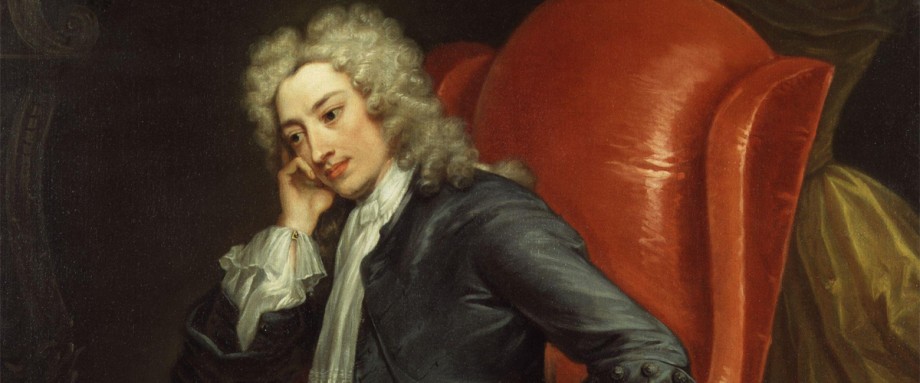Adrienne Rich- Adrienne Rich was born in Baltimore, Maryland in 1929 to a renowned pathologist and professor father and a former concert pianist mother. Having an intellectual background, Rich excelled in academics and later got married to a Harvard economics professor with whom she bore three children. After his demise, Rich moved in with her long-time partner. Adrienne Rich majorly wrote about self-identity, sexuality and politics. Through her writing and as a radical feminist voice, she played a major role in social justice and the anti-war movement. Her published works such as “Diving Into The Wreck” was published in the Vietnam war period and won her a national award. Her later works such as “Of Woman Born” and collections in prose like “On Lies, Secret and Silence” also furthered her feminist aesthetic and strengthened her stand in the American land as a female freedom writer.
Snapshots of a Daughter-in-Law- “Snapshots of a Daughter-in-Law” is a ten-part poem, each of uneven lines. The poet begins speaking to an older woman, her mother-in-law, pointing out her shortcomings in not only living with the poet, but herself. Each part begins with an introductory literary phrase or quote and moves from criticising to realising in where the poet, and other such young women, has herself failed to achieve a successful and independent status and how common such ‘snapshots’ of the lives of married women are, in recognising their mindset and often their plight while they survive in a patriarchal society and strive to make a difference. The concluding parts of the poem move from “you” and “she” being referred to as individual women to “we”, which signifies the final generalisation and equalisation of all married women in the household by the poet.
Setting of Snapshots of a Daughter-in-Law-
The poem is set in a domestic sphere of 20th century America, where the poet provides various instances or ‘snapshots’ of the life of a married women. The initial part of the poem consists of the poet scrutinising her mother-in-law and her way of life as she feels she has been a disappointment to the poet, and herself. As the poem moves forward, the poet begins to consider her own situation with reference to that of the older lady and recognises how similar such women are, bound to a patriarchal society, yearning to break free from it. The poem is a collection of ‘snapshots’ or a series of images put together displaying several facets of a daughter-in-law. The poet also mentions how it is solely up to the respective individual women to take a stand and prove themselves to both their own self and to the world, and whoever does not attempt to do so has no one else to blame. The poem concludes in a largely accepting, general domestic context from a complaining household and places both generations of women on the same level.
Poetic Devices in Snapshots of a Daughter-in-Law-
The poem is a mixture of voices of women which might seem perplexing before the reader realises the speaker is speaking about the experiences of a daughter-in-law, as both older and younger versions and their different opinions. The poet speaks of the mother-in-law as “she” to maintain a literary distance from her persona and that of the poet. The poem consists of ten parts of unequal stanzas and lines and there is no rhyme scheme throughout the poem. Most stanzas begin with a literary phrase or a longer quote and are followed by a commentary on it entwined with the personal experiences of the daughter-in-law. The poem constantly speaks of the daughter-in-law and mother-in-law in a third-person allusion, and even when they’re referred to as “you” and “she”, they ultimately become “we”.
Summary of Snapshots of a Daughter-in-Law-
The poem “Snapshots Of A Daughter-in-law” by Adrienne Rich begins with a description of a frail older woman in a scrutinising society and speaks of her womanly features and suppressive characteristics, which have now limited the younger woman’s actions to plainly towards the household and her husband. Here, the two woman of the poem, the mother-in-law and the protagonist, her daughter-in-law, come across in a series of images put together as their experiences. The first four parts of the poem are majorly revolving around several shortcomings between the relationship of the two women. The older woman has succumbed to the conventions of womanly appearance over her individuality and is now devoid of opinion and her own stand, for which the young daughter-in-law looks down upon her before she realises how women are all and the only support, women can have in this society.
The next six parts of the poem are comparatively more personal as they deal with the daughter-in-law’s condition in the household and her state of mind while living a dependant life. She gradually realises her lack of nurturing her fertile intelligence and her oppressed role in the society is also because of her own flaws in not having spoken out at the right time. She describes her status as being inside a cage and somehow trapped in and by her own choices. She also mentions how such women have become mediocre and futile to the working of the community. She considers these similarities between the two women and how it is necessary for them to look out for each other. Collective pronouns such as “we” and “our” in the concluding stanzas play a significant role in the change of mood in the poem as the poet calls out for a feminist community and strengthening of the female voice in all spheres of their lives. The poem thus concludes with a united front for all such women.
Critical Analysis of Snapshots of a Daughter-in-Law-
At the time it was written, the poem was received as a new concept in contemporary female poetry. It voices not only feminism but also provides married women with their own stand. The poem spans over ten portions and presents to the readers an observation of different married women and their behaviour to themselves and the household. So while the mother-in-law conforms to the society, and the daughter-in-law does too, though in a more subtle manner, both of them feel oppressed by the community and especially in their marital relationship. The poem is a due realisation of a need to unite women to support one another in a patriarchal domination. While both women are trapped in their own minds and manner, they come together in the end as victims of the same conventions they accepted as their lifestyle. Instances in the stanza like calling the mother-in-law a useless being and the daughter-in-law as glowing, though equally trapped person, depict the presumptuous thought of the poet in blaming others for her condition where she later admits she herself, just like the other women, is responsible for her life’s present condition.
Central Idea of Snapshots of a Daughter-in-Law-
The poem thoroughly revolves around the role a married women plays in the society and the household after she is betrothed to a partner. It shifts from an accusatory mood from an understanding mood of the oppressive attitudes a women has to face in all societies and how she reacts to it. Both the mother-in-law and the daughter-in-law are bound by societal norms and how the community think a wife should behave, but though the mother-in-law focuses on superficial appearances, the daughter-in-law believes in holding strong opinions and having a voice in the patriarchal society. The theme of the poem is a plea for the feminist voices in the world to represent what women deserve, even after they’re bound by marriage.
Tone of Snapshots of a Daughter-in-Law-
The poem is in a sympathetic mood throughout the verses, initially towards the older woman while later towards the younger one. The tone of the poem is considerate as well as accusatory holding the women in question responsible for their own pitiable condition. Later in the poem, the daughter-in-law realises she too is losing her opinion and her “anger” incites her opposition. She is mentioned as being “nervy” and “glowering” and sees her mother-in-law as being useless and dissatisfied in her domestic life. She refers to the external voices and depicts a clear difference in her actions and her words. The poet even uses a kind of verbal camera to make the sub-theme of “snapshots” describing these two lives clearly.
Conclusion- In the early 20th century America, this poem was a new take on the regulations assigned to women in the society as it not only speaks of them as individual identities, but also addresses their role as a wife. It highlights the underlying importance of women taking their own stand and living on their terms, being co-dependent rather than wholly depending on their spouse.
Some online learning platforms provide certifications, while others are designed to simply grow your skills in your personal and professional life. Including Masterclass and Coursera, here are our recommendations for the best online learning platforms you can sign up for today.
The 7 Best Online Learning Platforms of 2022
- Best Overall: Coursera
- Best for Niche Topics: Udemy
- Best for Creative Fields: Skillshare
- Best for Celebrity Lessons: MasterClass
- Best for STEM: EdX
- Best for Career Building: Udacity
- Best for Data Learning: Pluralsight














Thank you for providing such easyily understandable summary, theme and critical analysis of “Snapshots of a daughter-in-law”.